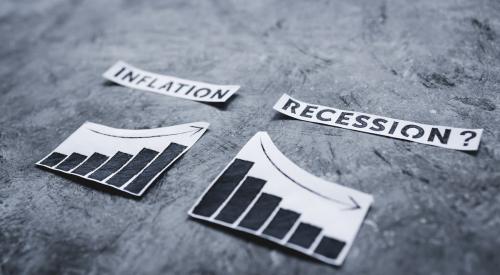If April’s jobs report of payroll employment expansion of only 160,000 (far below the projected 200,000) was bad, then what does that make May’s employment growth of 38,000? As NAHB’s Eye on Housing reports, May’s numbers were expected to be depressed because of 40,000 Verizon workers on strike, but even with this accounted for, May’s numbers were still well below analysts’ predictions.
The unemployment rate dropped to 4.7 percent in May, 0.3 percent lower than the 5.0 percent experienced in May, but not because workers found work. Instead, the unemployment rate declined because the labor force lost 458,000 workers; labor force participation declined by 0.2 percent, matching April’s decline and dropping it to 62.6 percent, effectively erasing the gains of the first four months of the year.
Federal Reserve policymakers were prepared to raise the federal funds rate at the June 14-15 Federal Open Market Committee meeting, but after this report, that will no longer happen. It is possible that strong labor reports for June, July, and August may lead to a September increase.












